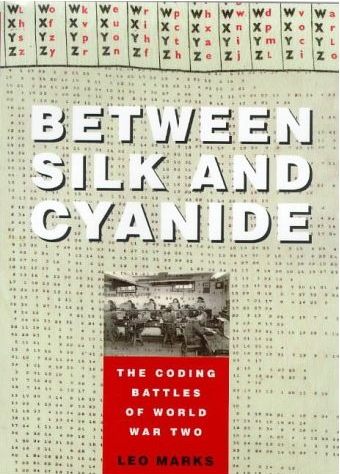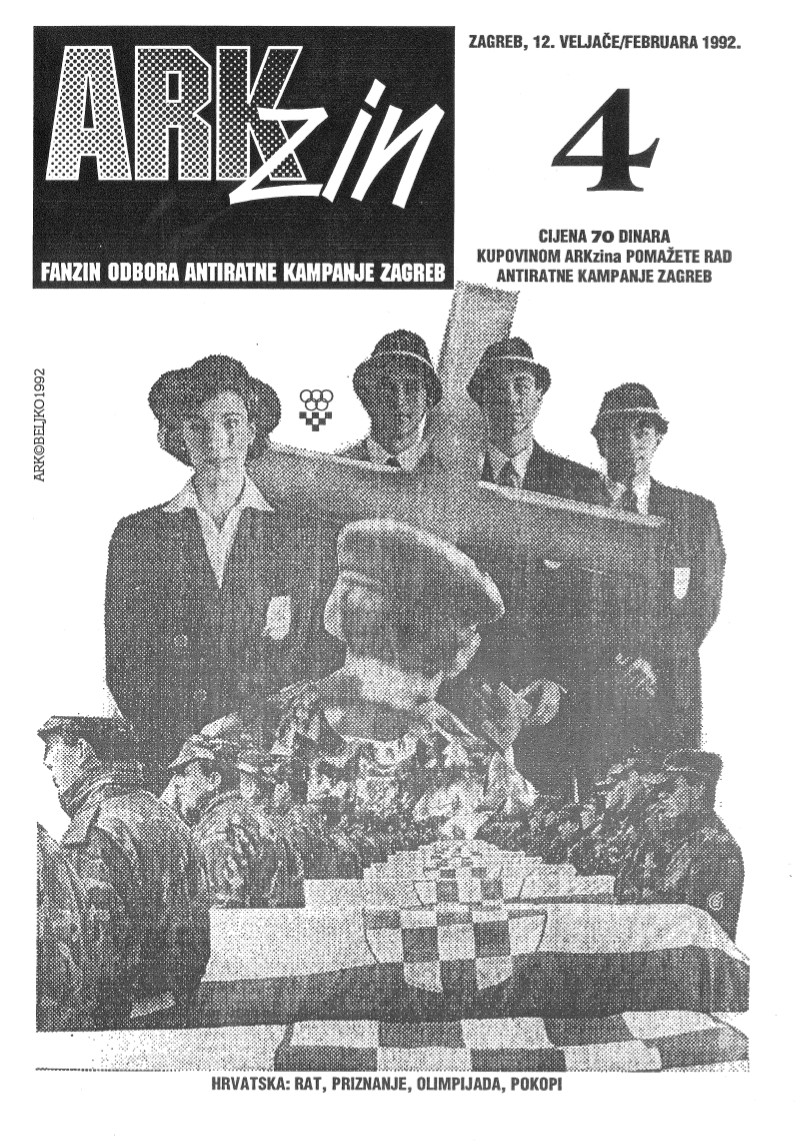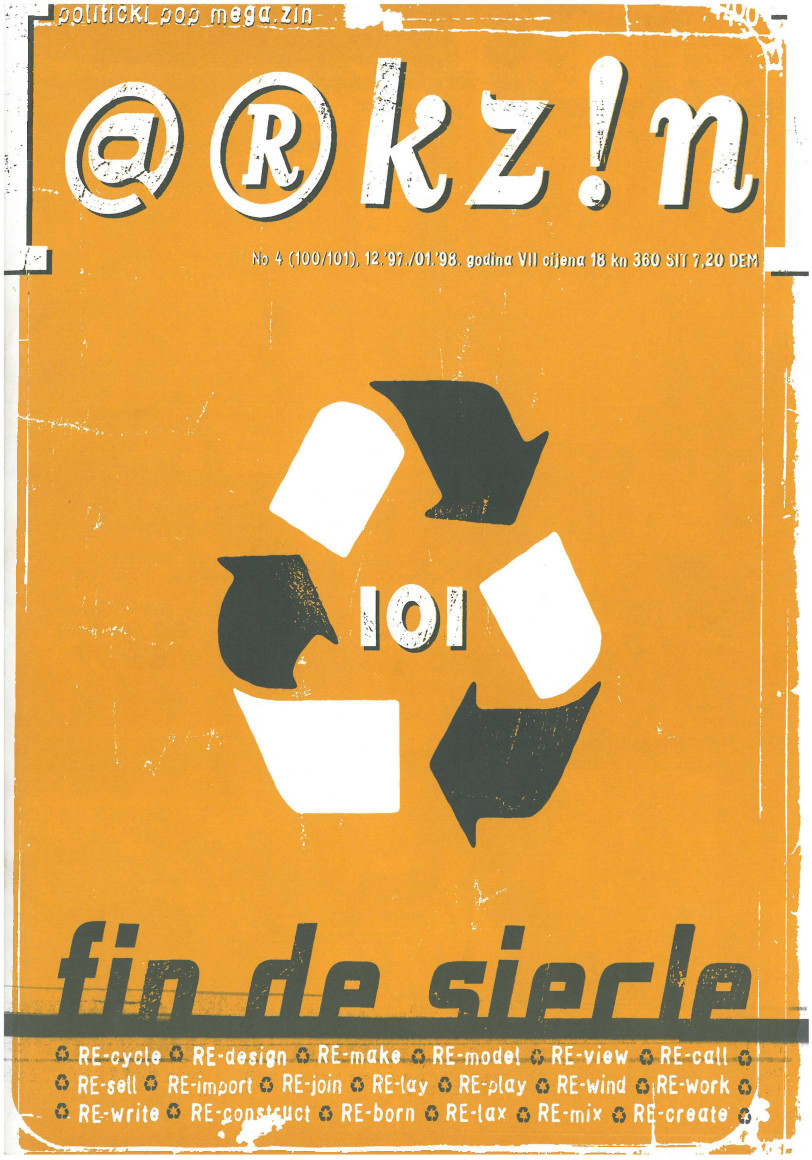Hillel Schwartz: The Culture of the Copy: Striking Likenesses, Unreasonable Facsimiles, 2nd ed. (1996/2013)
Filed under book | Tags: · animal, appropriation, art, children, computing, copy, death, fashion, film, gender, genetics, history, imitation, japan, language, machine, memory, music, photography, piracy, property, reenactment, reproduction, sculpture, simulation, slavery, statistics, surgery, technology, theatre, time, war

The Culture of the Copy is an unprecedented attempt to make sense of the Western fascination with replicas, duplicates, and twins. In a work that is breathtaking in its synthetic and critical achievements, Hillel Schwartz charts the repercussions of our entanglement with copies of all kinds, whose presence alternately sustains and overwhelms us. Through intriguing, and at times humorous, historical analysis and case studies in contemporary culture, Schwartz investigates a stunning array of simulacra—counterfeits, decoys, mannequins, and portraits; ditto marks, genetic cloning, war games, and camouflage; instant replays, digital imaging, parrots, and photocopies; wax museums, apes, and art forgeries, not to mention the very notion of the Real McCoy. Working through a range of theories on biological, mechanical, and electronic reproduction, Schwartz questions the modern esteem for authenticity and uniqueness. The Culture of the Copy shows how the ethical dilemmas central to so many fields of endeavor have become inseparable from our pursuit of copies—of the natural world, of our own creations, indeed of our very selves.
This updated edition takes notice of recent shifts in thought with regard to such issues as biological cloning, conjoined twins, copyright, digital reproduction, and multiple personality disorder. At once abbreviated and refined, it will be of interest to anyone concerned with proglems of authenticity, identity, and originality.
First published in 1996
Publisher Zone Books, New York, 2013
ISBN 1935408453, 9781935408451
480 pages
Review (Terence Hawkes, London Review of Books, 1997)
Review (Francis Kane, The New York Times, 1997)
Review (Todd Gitlin, Los Angeles Times, 1997)
Download (removed on 2014-3-20 upon request of the publisher)
Comment (1)Leo Marks: Between Silk and Cyanide (1998)
Filed under book | Tags: · 1940s, biography, cryptography, memoir, poetry, war

Background image on the cover is a ‘Worked Out Key’ (WOK) printed on silk; photograph shows FANY radio operators receiving morse code transmissions from secret agents.
“In 1942, Leo Marks left his father’s famous bookshop, 84 Charing Cross Road, and went off to fight the war. He was twenty-two. Soon recognized as a cryptographer of genius, he became head of communications at the Special Operations Executive (SOE), where he revolutionized the codemaking techniques of the Allies and trained some of the most famous agents dropped into occupied Europe, including “the White Rabbit” and Violette Szabo. As a top codemaker, Marks had a unique perspective on one of the most fascinating and little-known aspects of the Second World War.
Writing with the narrative flair and vivid characterization of his screenplays, Marks gives free rein to his keen sense of the absurd and his wry wit, resulting in a thrilling and poignant memoir that celebrates individual courage and endeavor, without losing sight of the human cost and horror of war.
In an interview with Channel Four included in the DVD of the film Peeping Tom, Marks quoted General Eisenhower as saying that his group’s work shortened the war by three months, saving countless lives.”
Publisher Free Press, New York, 1998
ISBN 0743200896
416 pages
Arkzin (1991–1998) [Croatian, English]
Filed under magazine | Tags: · activism, croatia, graphic design, media activism, political theory, politics, tactical media, theory, war, yugoslavia


Arkzin was a periodical published in Zagreb, Croatia, from 1991 to 1998. It began as a political fanzine and later on the editorial board widened the scope and included international members and topics. Arkzin gradually changed to a hybrid magazine in which politics, culture, theory and art met, crossed and overlapped.
In total, 106 issues appeared, including eight in English (between April 1993 and January 1994). Five issues of the periodical for critical writing Bastard were published as a supplement to the magazine.
The editors-in-chief of Arkzin were Vesna Janković (I/1-3, II/1-90), Miroslav Ambruš Kiš, Zoran Oštrić (I/1-3), Vladimir Desnica (I/5-6), and Dejan Kršić (II/91-93, III).
PDFs (Monoskop wiki, via MaMa & Human Rights Archive)
See also Prospects of Arkzin catalogue (48 pp, 2013)

